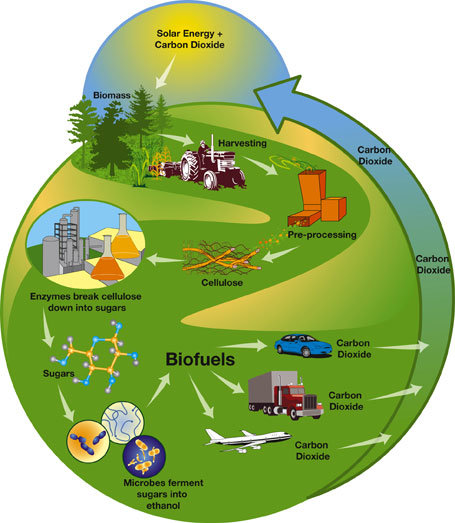Edge Computing
Edge Computing
Synthetic Biology
Edge computing is a distributed computing paradigm that brings data processing closer to the location where it is needed, often at or near the source of the data (like IoT devices, sensors, or mobile
Edge computing is a distributed computing paradigm that brings data processing closer to the location where it is needed, often at or near the source of the data, such as IoT devices, sensors, or mobile devices. This approach reduces latency, bandwidth usage, and improves real-time processing capabilities by minimizing the distance between data generation and processing.In traditional cloud computing, data is typically transmitted to a centralized data center or cloud for processing, which can result in significant latency and bandwidth usage. Edge computing addresses this challenge by deploying computing resources and storage at the edge of the network, closer to the source of the data. This enables faster processing and analysis of data, as well as reduced latency and bandwidth usage.Edge computing involves a range of devices and infrastructure, including edge servers, gateways, routers, and IoT devices. These devices are equipped with processing power, storage, and networking capabilities, allowing them to perform tasks such as data processing, filtering, and analytics. Edge computing also involves the use of specialized software and frameworks, such as edge computing platforms, containerization, and orchestration tools, to manage and deploy applications at the edge.The key benefits of edge computing include reduced latency, improved real-time processing capabilities, and enhanced security. By processing data closer to the source, edge computing reduces the amount of data that needs to be transmitted to the cloud or data center, resulting in lower bandwidth usage and costs. Additionally, edge computing enables organizations to respond faster to changing conditions and make decisions in real-time, which is critical in applications such as industrial automation, healthcare, and transportation.
Autonomous vehicles, where edge computing enables real-time processing of sensor data for instantaneous decision-making, enhancing safety and efficiency.
Smart cities, where edge computing facilitates the analysis of data from various sensors and IoT devices, allowing for real-time monitoring and management of traffic, energy, and public services.
Industrial automation, where edge computing enables the processing of data from machinery and sensors in real-time, optimizing production processes and improving predictive maintenance.
Healthcare, where edge computing allows for the analysis of medical data from devices such as wearable sensors and medical imaging equipment, enabling timely interventions and personalized care.
Augmented and virtual reality applications, where edge computing reduces latency by processing data closer to the user, providing a more immersive and responsive experience.
Smart homes and buildings, where edge computing enables the efficient management of energy consumption, security, and comfort by analyzing data from various sensors and devices locally.
Retail and inventory management, where edge computing supports real-time analytics and inventory tracking, enabling more accurate demand forecasting and efficient supply chain management.
Environmental monitoring, where edge computing enables the real-time analysis of data from environmental sensors, facilitating timely responses to changes in air quality, weather conditions, and other environmental factors.
Cybersecurity, where edge computing enhances security by enabling the detection and response to threats closer to their source, reducing the risk of data breaches and cyberattacks.
Telecommunications, where edge computing supports the deployment of 5G networks and services, providing low-latency and high-bandwidth applications for users.

